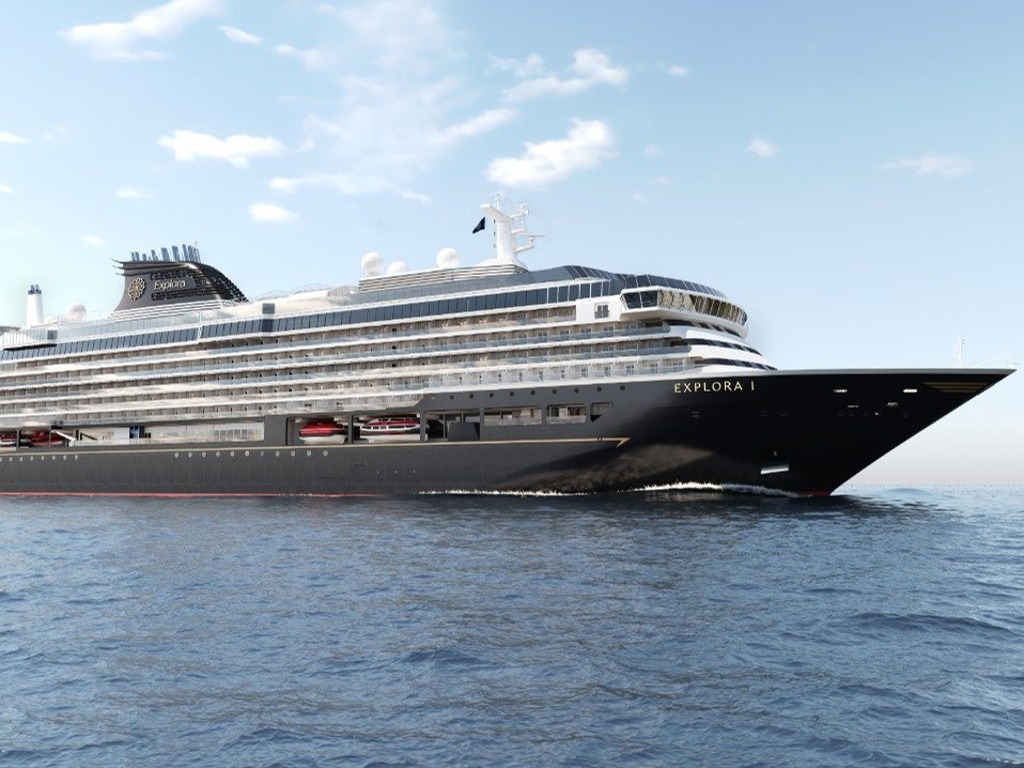Safety Always The Top Priority

IATA has (IATA) released its 2014 commercial aviation safety performance results. The 2014 global jet accident rate (measured in hull losses per 1 million flights) was 0.23, which was the lowest rate in history and the equivalent of one accident for every 4.4 million flights. This was an improvement over 2013 when the global hull loss rate stood at 0.41 (an average of one accident every 2.4 million flights) and also an improvement over the five-year rate (2009-2013) of 0.58 hull loss accidents per million flights jet.
There were 12 fatal accidents involving all aircraft types in 2014 with 641 fatalities, compared with an average of 19 fatal accidents and 517 fatalities per year in the five-year period (2009-2013).
The 2014 jet hull loss rate for members of IATA was 0.12 (one accident for every 8.3 million flights), which outperformed the global average by 48% and which showed significant improvement over the five-year rate of 0.33.
Tony Tyler, IATA’s director general and CEO, observed: “Any accident is one too many and safety is always aviation’s top priority. While aviation safety was in the headlines in 2014, the data show that flying continues to improve its safety performance.”
IATA notes as well that 2014 will be remembered for two extraordinary and tragic events – MH 370 and MH 17. Although the reasons for the disappearance and loss of MH 370 are unknown, it is classified as a fatal accident – one of 12 in 2014. The aviation industry has welcomed the proposal by the International Civil Aviation Organization (ICAO) to move towards the adoption of a performance-based standard for global tracking of commercial aircraft, supported by multi-national operational assessments to evaluate impact and guide implementation.
The destruction of MH 17 by anti-aircraft weaponry, however, is not included as an accident under globally-recognized accident classification criteria. The four aircraft involved in the events of 9.11 were treated in the same way.
In this respect, IATA’s Tyler said: “The shooting down of MH 17 took with it 298 lives in an act of aggression that is by any measure unacceptable. Governments and industry have come together to find ways to reduce the risk of over-flying conflict zones. This includes better sharing of critical information about security risks to civil aviation. And we are calling on governments to find an international mechanism to regulate the design, manufacture and deployment of weapons with anti-aircraft capabilities.”
Tyler concluded: “To the flying public an air tragedy is an air tragedy, regardless of how it is classified. In 2014 we saw a reduction in the number of fatal accidents—and that would be true even if we were to include MH 17 in the total. The greatest tribute that we can pay to those who lost their lives in aviation-related tragedies is to continue our dedication to make flying ever safer. And that is exactly what we are doing.”
Go to http://www.iata.org for more.


